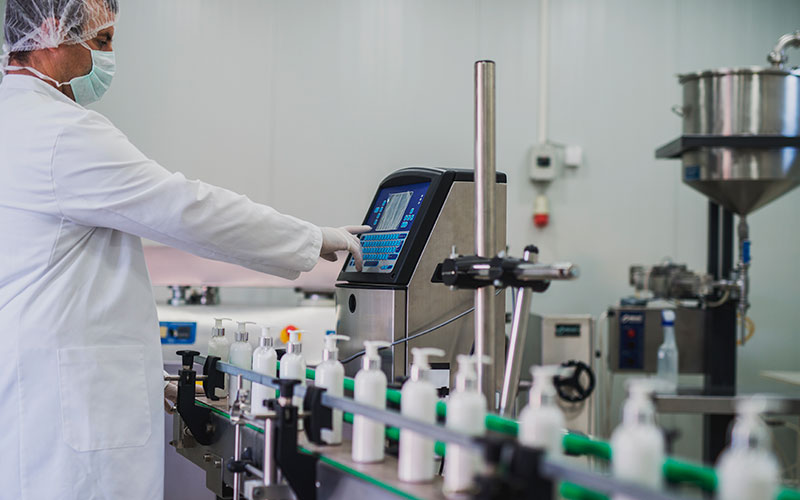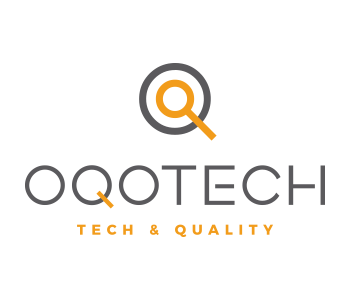
How to comply with European regulations in the cosmetics industry


Quality, safety, efficacy and labeling requirements for cosmetic products are subject to different regulations in each region, making it difficult to comply when products are to be marketed in other markets.
As far as the EU is concerned, the main regulatory framework for the marketing of finished cosmetic products is Regulation (EC) No 1223/2009. This regulation affects not only manufacturers and importers of cosmetic products, but also suppliers of cosmetic ingredients, who have to comply with the regulation from different perspectives.
Cosmetics Regulation (EC) No 1223/2009
Person in charge
Each product must relate to a legal or natural responsible person established in the EU. This can be a manufacturer or importer of finished cosmetic products if he is based in the EU. In the case of non-EU manufacturers, a legal or natural person within the EU must be designated to take on regulatory obligations such as performing product safety assessments, maintaining a product information file or sending product notifications.
Cosmetic product safety evaluation
Before launching a cosmetic product on the market, the responsible person should ensure that the product has passed a safety assessment taking into account its intended use and the anticipated systemic exposure to the individual ingredients. This assessment – to be included as part of the product information file – must be carried out by a suitably qualified person or team.
Product information file
In turn, the responsible person must keep for a period of 10 years after the launch of the cosmetic product on the market a dossier or file with the following product information:
- Description of the cosmetic product.
- Cosmetic product safety evaluation.
- Description of the manufacturing method and declaration of compliance with GMP.
- Proof of the efficient claimed by the cosmetic product was justified by the nature or effect of the cosmetic product.
- Data on any animals’ tests carried out by the manufacturer, his agents or suppliers, related to the development or safety evaluation of the product or its ingredients, including animal tests carried out to meet legal requirements in third countries.
This product information file must be available to the competent authority of the Member State where the file is kept in electronic or another format.
Product Notifications
The Regulation requires cosmetic manufacturers to notify their products through the EU Cosmetics Notification Portal (CPNP) before placing a product on the market.
The notification must include it:
- Category of the cosmetic product and its name(s)
- Name and address of the responsible person.
- Country of origin in case of import.
- Member State where the cosmetic product will be placed on the market.
- Contact details of a natural person in case of need
- Information on the presence of substances in the form of nanomaterials (identification and reasonably foreseeable exposure conditions)
- Name and Chemicals Abstracts Service (CAS) number or EC number of substances classified as carcinogenic, mutagenic or toxic to reproduction (CMR), category 1A or 1B, in Part 3 of Annex VI to Regulation (EC) No 1272/2008.
- The framework formula allowing rapid and appropriate medical treatment in the event of difficulties.
- Notification to the EC of the original labeling and, where reasonably legible, a photograph of the corresponding packaging.
Requirements on ingredients and nanomaterials
The Regulation establishes prohibited and restricted substances in the cosmetics listed in Annexes II-VIVI. For preservatives, colorants and UV filters, only those included in positive lists may be used.
In addition, the use of substances classified as CMR substances, category 1 or 2, in Part 3 of Annex VI to Regulation (EC) No 1272/2008 is also prohibited, except for some category 2 substances which have been assessed as safe.
Nanomaterials must be authorized by the European Commission before use in cosmetic products. Cosmetic products containing nanomaterials (other than listed colorants, preservatives and UV filters) must be notified to the Commission by the responsible person by electronic means six months before being placed on the market.
Prohibition of animal testing
The EU Cosmetics Regulation includes a ban on the testing of finished cosmetic products and cosmetic ingredients on animals and a ban on the marketing of finished cosmetic products and ingredients tested on animals in the EU.
Labeling of cosmetic products
The labeling of cosmetic products must contain the following information about the product:
- Name/company name and address of the person responsible.
- Nominal content at the time of packaging expressed in volume or weight.
- Date of minimum durability (Article 19 of the Regulation)
- Precautions to be taken in use.
- Manufacturer’s batch number or reference allowing identification of the cosmetic product.
- The function of the cosmetic product, unless it is clear from its presentation.
- List of ingredients.
Labeling must not lead to products having characteristics that they do not have.
How to comply with this regulation
As we have seen, in order to comply with European regulations in the cosmetics industry, some key requirements must be met:
- Check and use only authorized ingredients.
- Appoint a responsible person in the EU.
- Conduct product safety assessments.
- Notify the EC of each cosmetic product before its launch.
- Generate and maintain a product information file.
- Comply with the ban on animal testing.
- Prepare labeling in accordance with the requirements of the Regulation.
It is also vitally important that good manufacturing practices (GMP) are followed in the production process to minimize risks – for example, cross-contamination between products and raw materials – ensure regulatory compliance, guarantee product safety, improve and optimize internal processes and, by extension, improve the perception that customers and regulatory bodies have of the company.
Article originally published in INDUSTRIA COSMÉTICA magazine in summer 2019.




In addition, more and more companies in the sector are implementing and validating their computerized systems for the control and optimization of their critical business processes in order to generate efficiencies to compete in the market and ensure the traceability of their products from raw material to market distribution. A complex task in which Oqotech has been supporting companies in the cosmetics sector for over a decade.








